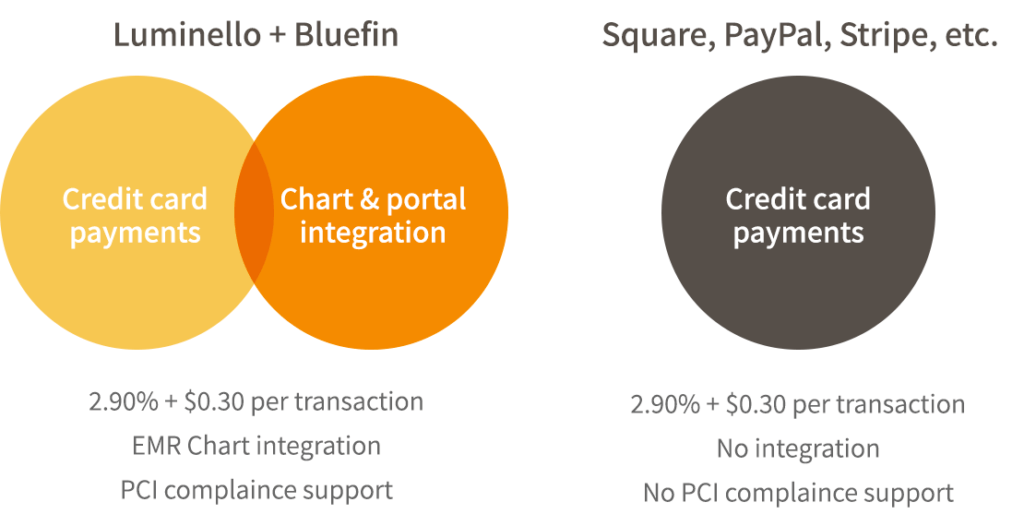Popular psychology has dubbed “the inner critic” as the part of the self that judges, demeans, and scrutinizes aspects of ourselves. Unlike more helpful forms of self-reflection and conscience, the inner critic produces feelings of shame, low self-esteem, and exhaustion. These emotions can range from uncomfortable to completely paralyzing the individual.
As a mental health professional, you likely are no stranger to your clients’ self-judgments. You may even have clients who are debilitated by their inner critic. Working to alter, appease, and calm the inner critic is not a simple task and often feels like a losing battle. This article will explore methods of assisting clients to change the way they interact with their inner critic.
Grounding Techniques
We always want to set our clients up for success. The first thing we may want to check in on with a client is the level of discomfort that arises when engaging with the inner critic. If a client’s inner critic evokes intense, almost unbearable emotions, they may benefit from grounding and regulation practices. These practices may include:
- Learning breathing exercises, such as the 4-7-8 breathing technique.
- Having a sensory object such as a stone, cloth, or fidget toy to engage with during the session.
- Progressive muscle relaxation before, during, or after the session.
- Having a cold or warm drink to hold during the session.
Identify Beliefs and Get Buy-In
Inner critics often work under the guise of protection and productivity. The logic may be if I criticize myself and am frequently reminded of my shortcomings, I am more likely to address them. However, upon building awareness, many clients find that this is not the case. In fact, due to the shaming nature of the inner critic, most individuals find themselves immobilized or frozen when the inner critic is online. By assisting our clients to notice and acknowledge the imaginary “protective” role of this mechanism while realizing its negative impact, we help them buy into the need to rearrange their relationship with their inner critic.
The antithesis of the inner critic is self-compassion. When working to shift the inner critic, we are trying to assist our clients to engage in self-compassion. When we believe that our internal critic is trying to protect us, self-compassion can feel unwanted. As clients begin to reject that protective notion and realize that the inner critic is hindering them, they may be more willing to explore a self-compassionate understanding of themselves. Since many are more compassionate towards those they love than they are towards themselves, a helpful question to pose to them is:
What would you tell a friend who is feeling this way? More often than not, they would reassure their friend and can notice how it is when reassurance is given.
Building Insight and Awareness
Most inner critics have been present with the individual for a very long time. For many, this voice has gone unchecked and is believed to only speaking truth. It may also be seen as an authentic part of the self and has no knowledge of how others’ criticisms have been internalized. The first step to any change is to build awareness and information about the inner critic. Engaging curiosity is perhaps one of the most critical steps of working with the inner critic, as it begins to challenge the notion that the client should take its message at face value.
- Ask your client to begin to notice and track when they hear the voice of the inner critic and what its messages are. Are there any patterns in the way the inner critic speaks and what it tends to be most critical of?
- Ask the client to notice what situations tend to trigger inner criticism.
- Ask if the inner critic sounds like anyone from their lives—past or present.
- Point out in session when you notice inner critic messaging.
Thought Challenging
Once a client has built up awareness around the inner critic, its intended purpose, and its messaging, we can engage the client in reality testing and shifting perspective. Cognitive Behavioral Therapy can have a lot to offer when working with an inner critic. By doing this we are asking our clients to begin to question the content or intensity of the internal judgment.
- Have the client name the activating event and shame-related thought.
- Have them look at the evidence for and against the thought.
- Once the evidence has been explored, see if the client is able to make a shift in their perceptions of self or the situation. It is important to remember that cognitive shifts can be subtle; we don’t need to change the entire thought for this process to be helpful.
If you have engaged in enough thought identification, reality testing, and reframing, you may be able to assist the client in identifying core beliefs. For those with an overactive internal critic, frequent core beliefs may include, “I am unloveable” or “I am not safe.”
Staying Connected
Shame is the belief that there is something intrinsically wrong with who we are. This belief can have a profound impact on one’s ability to feel safe and motivated to connect with others. While shame can propel an individual to isolate, what so often decreases shame is feeling seen and accepted by others. Therefore, assisting our clients in maintaining and growing relational connections is an important protocol for addressing internal criticism.
- Provide psycho-education on the shame isolation cycle.
- Assist clients in identifying individuals who show acceptance and care.
- Encourage clients to frequently explore their relational functioning and notice when avoidance may be occurring.


